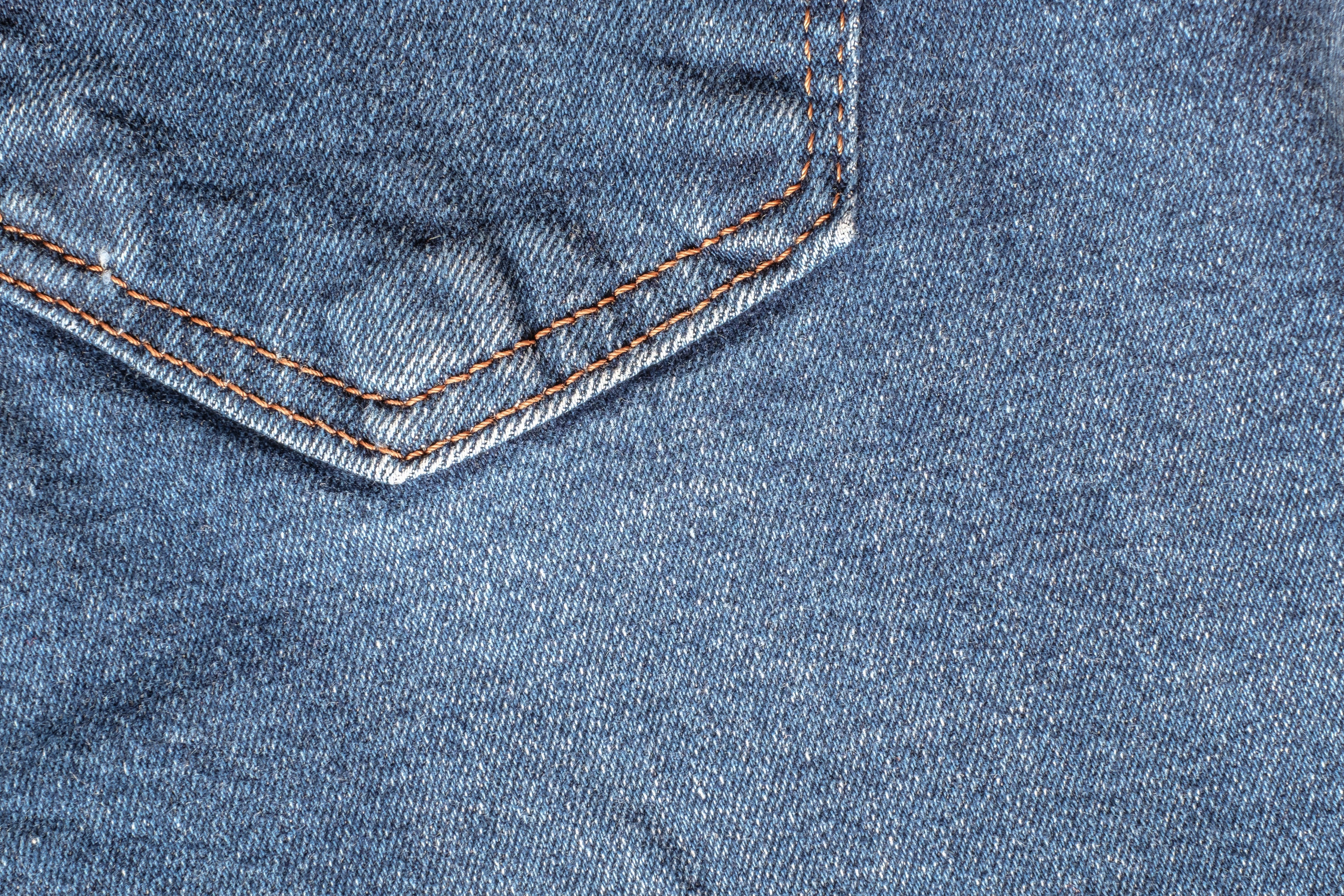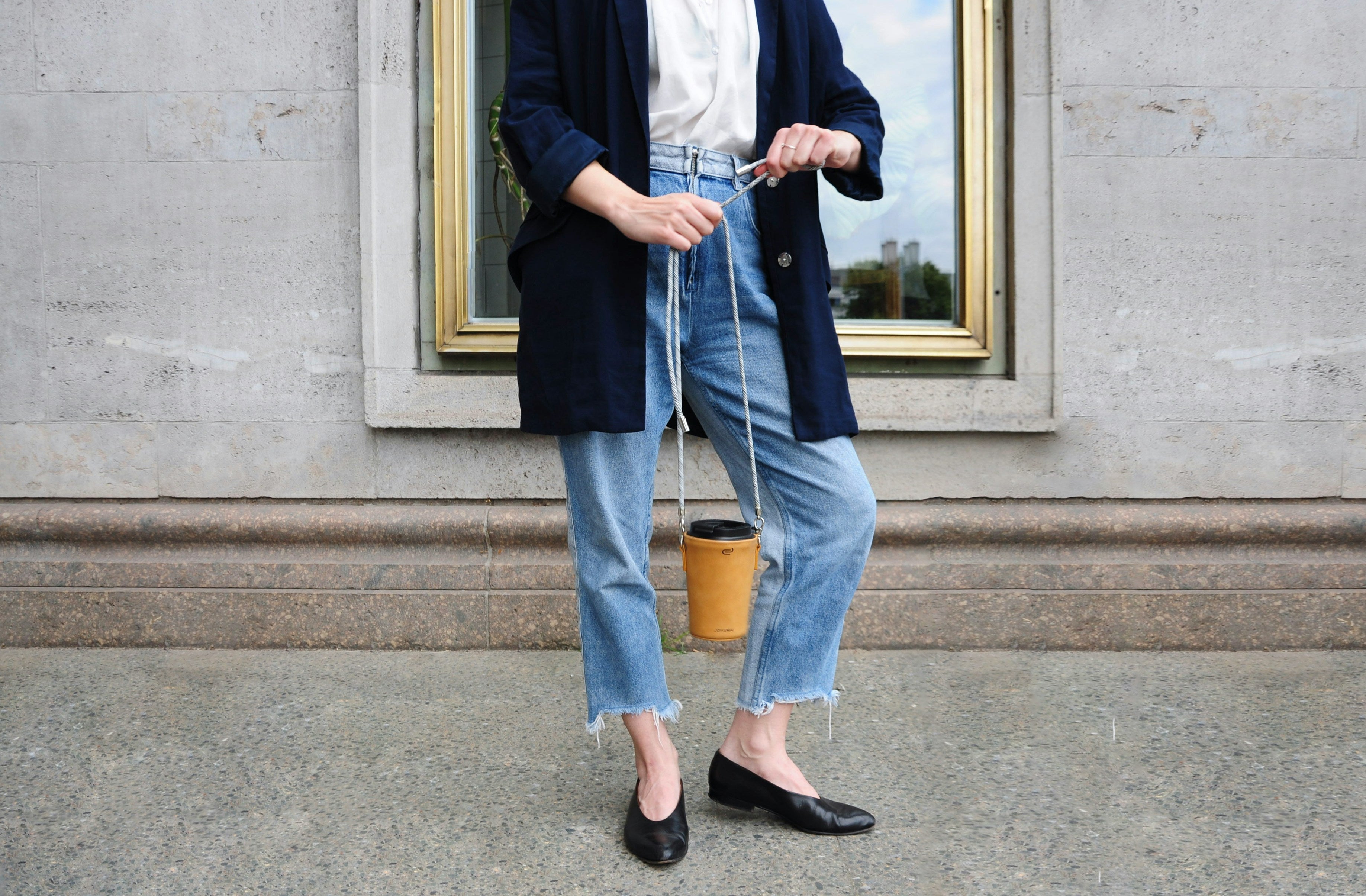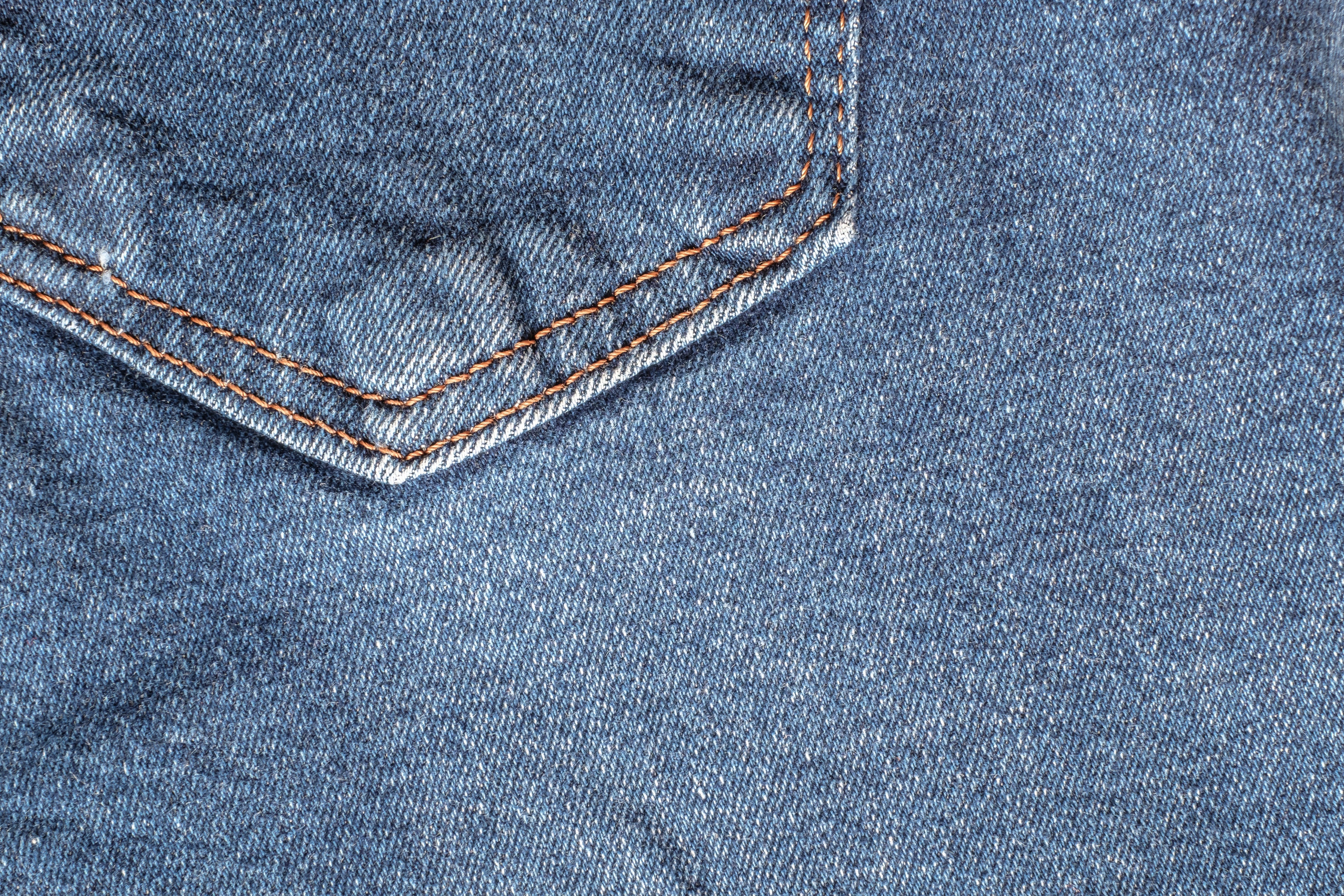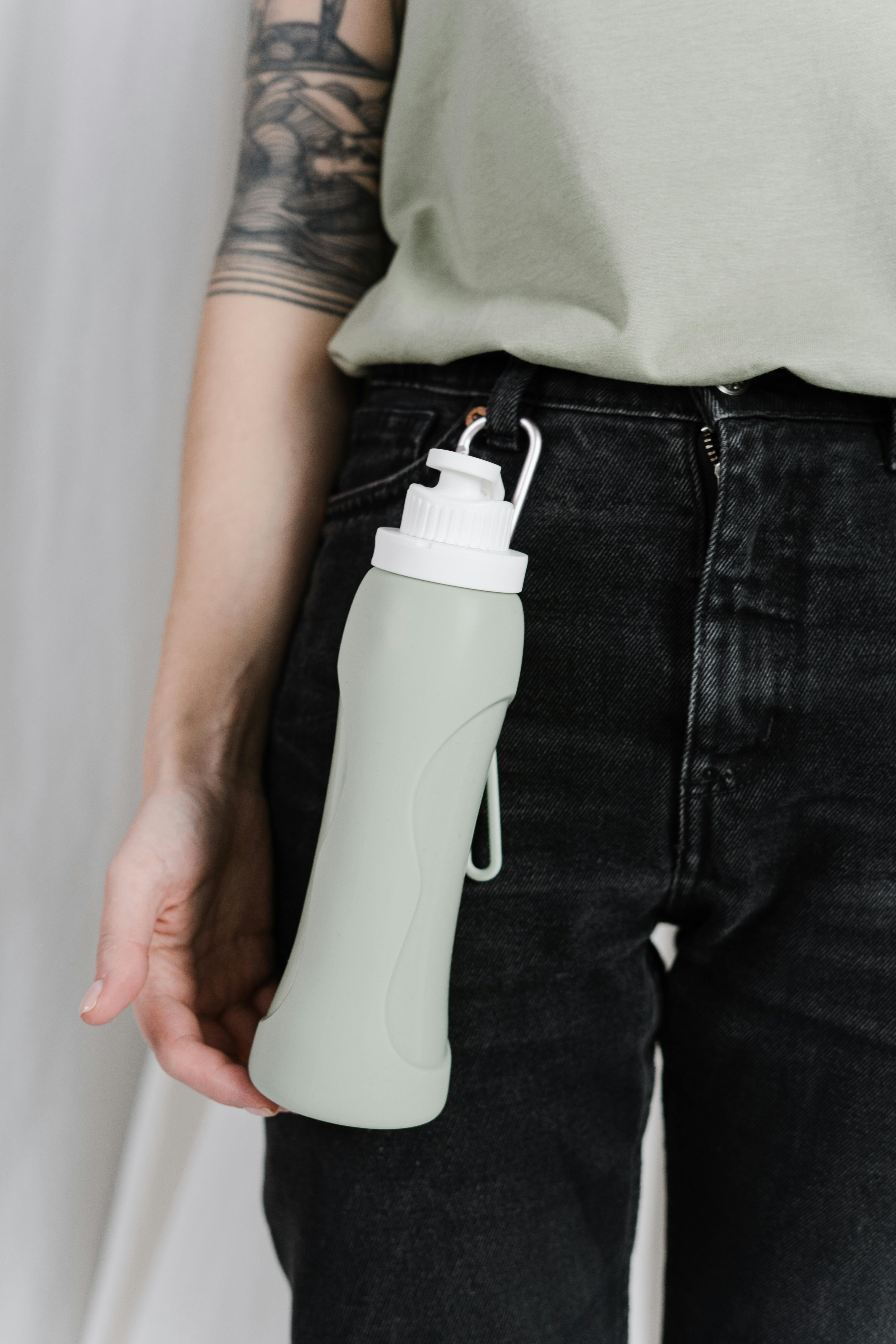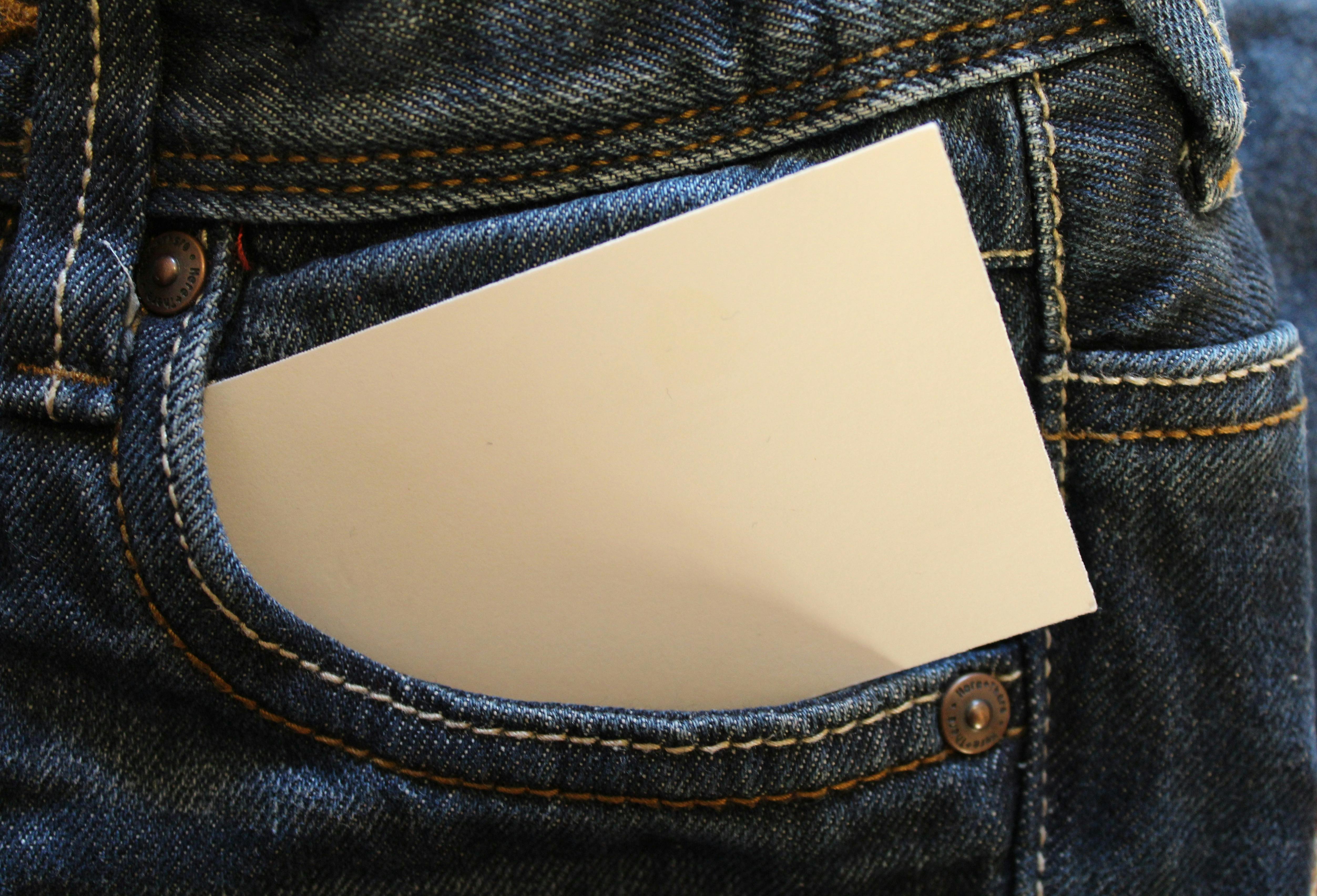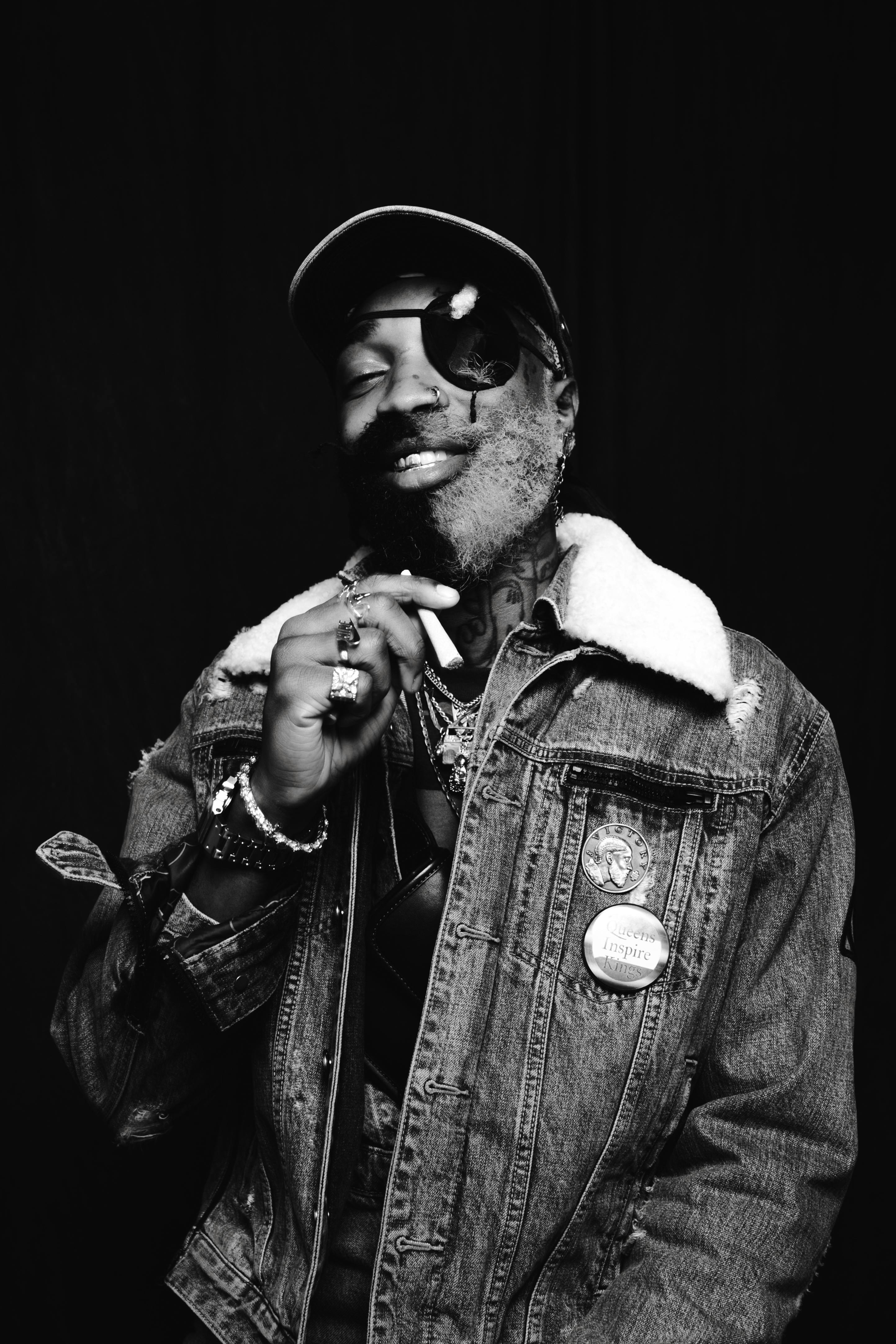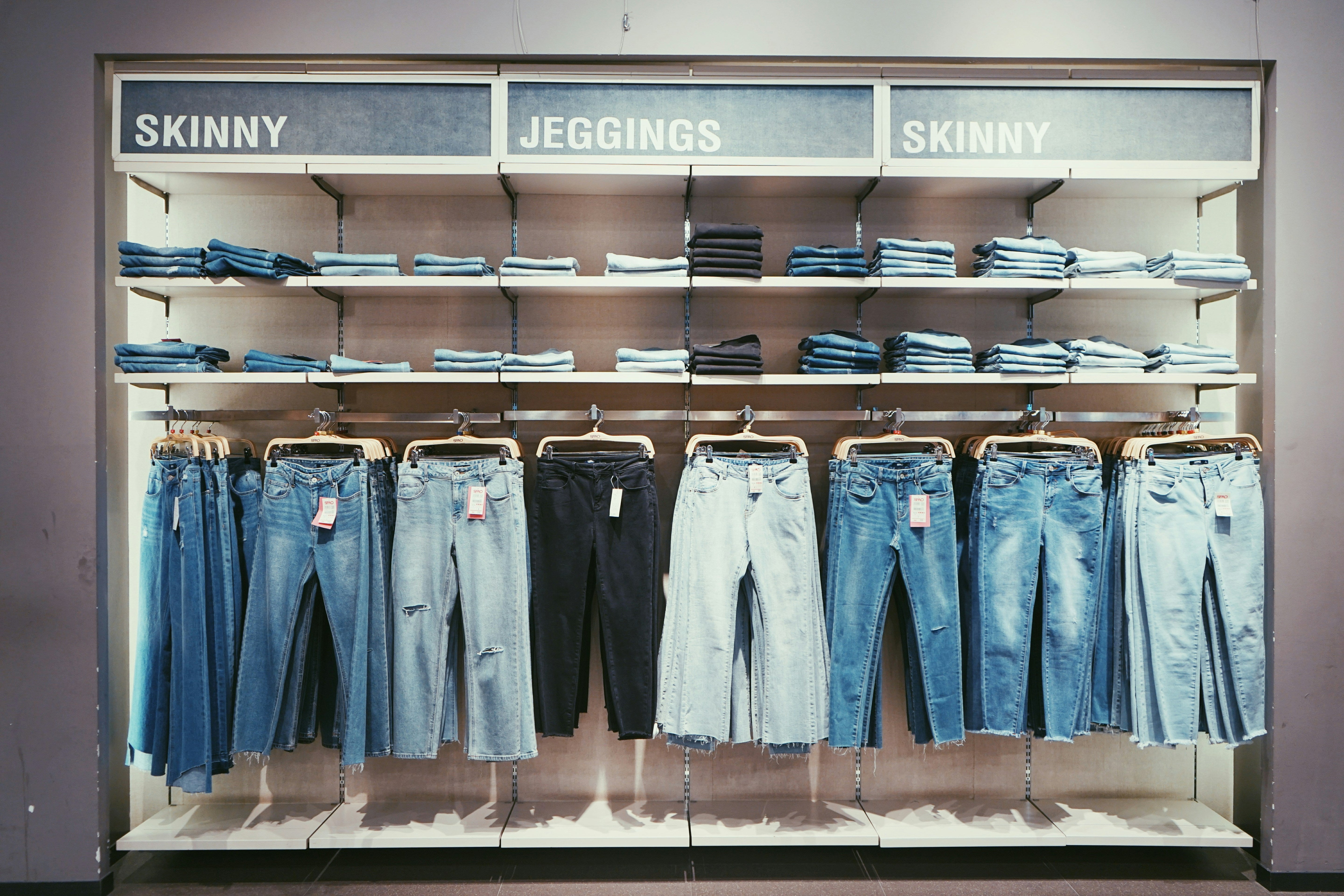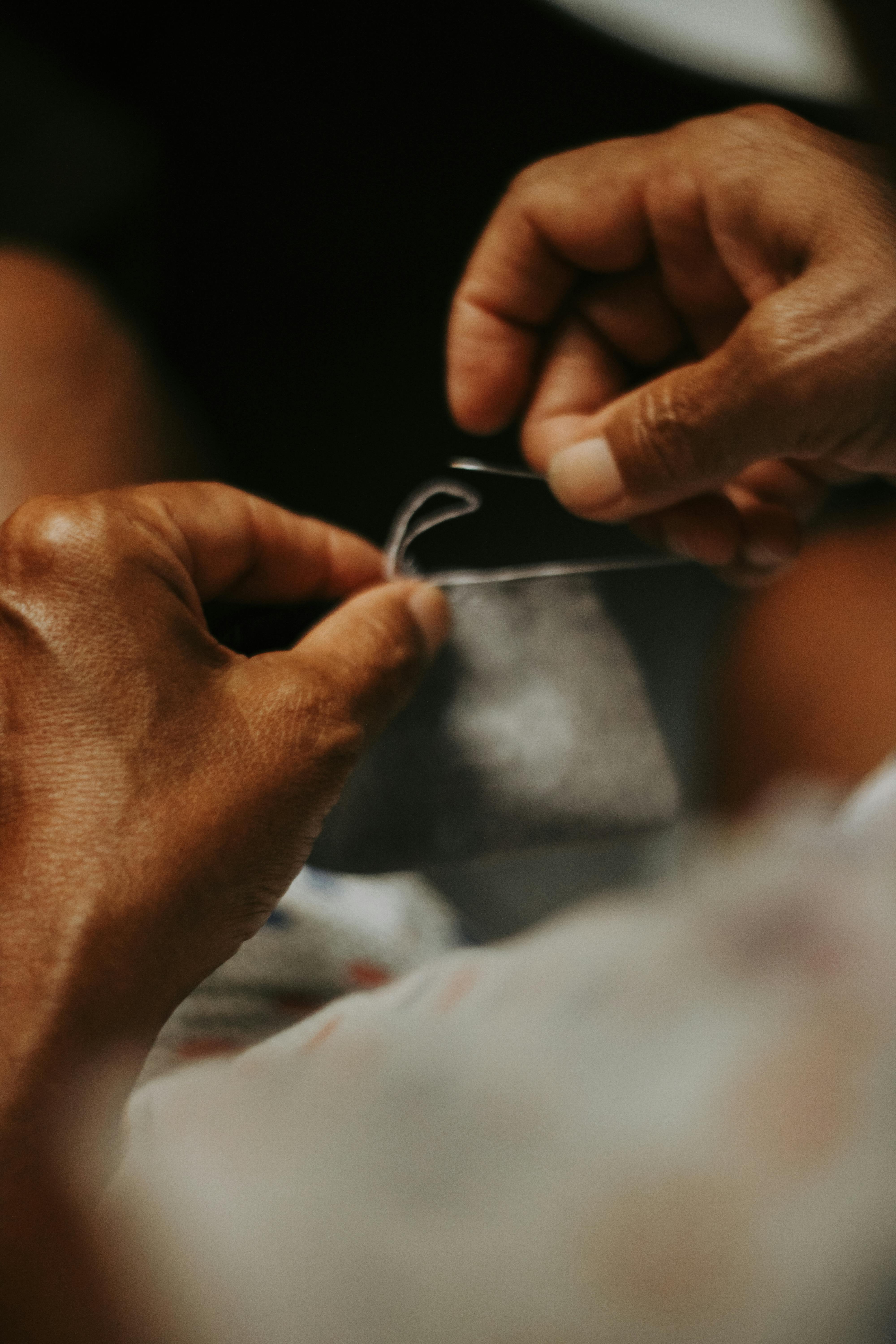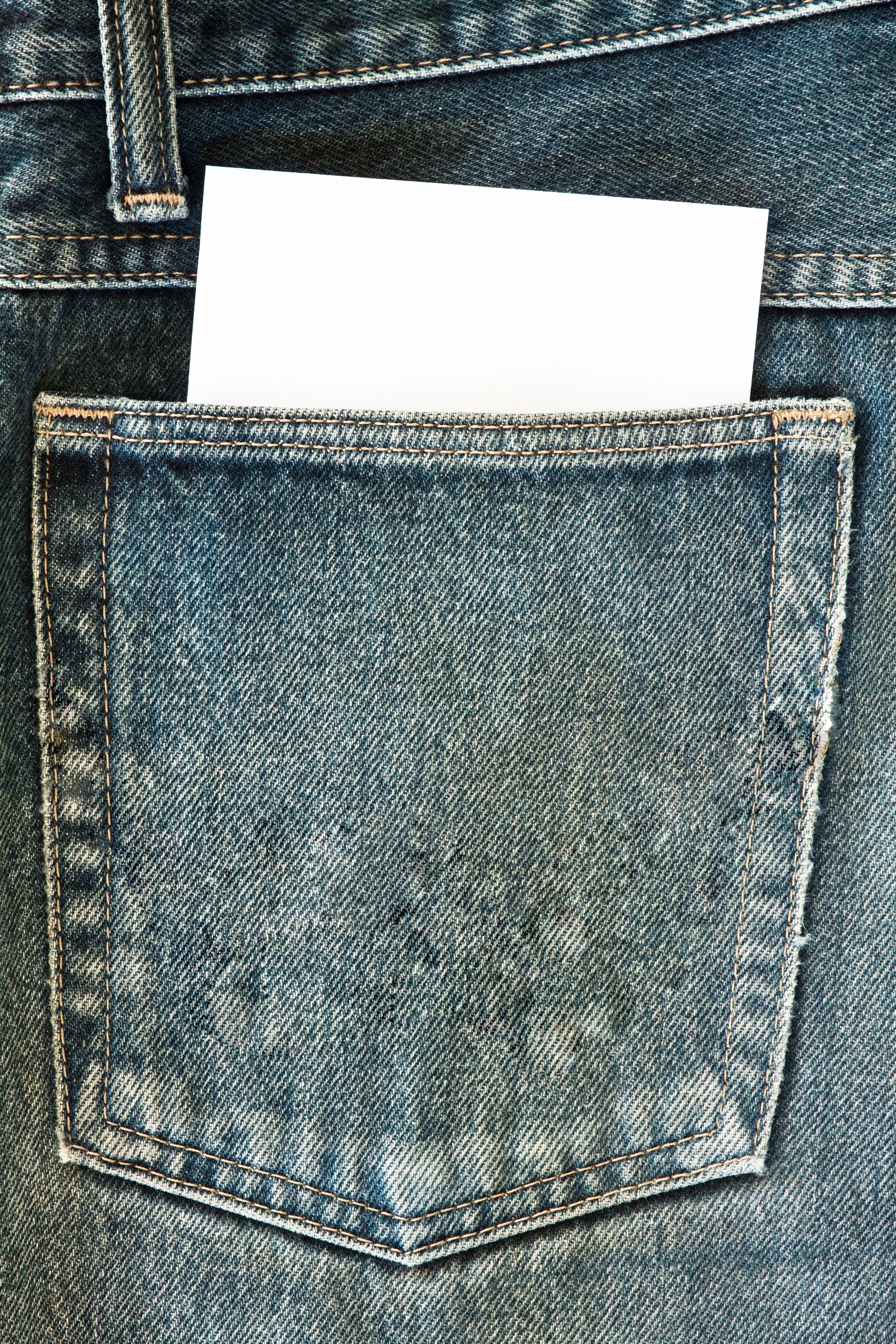
Inside the Denim Dictionary - 20 Terms Every Denimhead Should Know
If you’ve ever fallen down the denim rabbit hole, you’ve probably come across words like selvedge, raw, sanforized, or fades and wondered what exactly they mean. This isn’t just fashion lingo it’s part of a whole culture built around craftsmanship, fabric, and wear.
Whether you're breaking in your first pair of raw jeans or already chasing the perfect honeycombs, understanding denim terms helps you choose better, wear better, and appreciate the difference between mass production and mastery.
This glossary cuts through the noise and gives you clear definitions of 20 essential denim terms, curated especially for those who want to speak denim fluently from fabric weights to indigo dyes.
Let’s decode the denim.
The Denim Dictionary: 20 Terms Every Denimhead Should Know
1. Raw Denim
Raw denim (also known as dry denim) is denim fabric that hasn’t been washed or treated after dyeing. It’s stiff at first, fades over time based on how you wear it, and is prized for its ability to develop a custom look.
2. Selvedge
Selvedge (or selvage) refers to the tightly woven edge of denim fabric made on old shuttle looms. It prevents unraveling and usually features a colored line — a mark of quality craftsmanship.
3. Sanforized
Sanforized denim has been pre-shrunk through a mechanical process, making it easier to size and wash. Most modern jeans use sanforized denim to reduce shrinkage.
4. Unsanforized
Unsanforized denim (often called “shrink-to-fit”) hasn’t been pre-shrunk, so it will shrink significantly after the first wash. It’s considered “purer” by some enthusiasts.
5. Fade
Fades are the wear marks that develop over time on raw denim. They’re unique to your lifestyle and create a visual record of how you wear your jeans.
6. Whiskers
Whiskers are horizontal fade lines around the crotch and upper thigh area. They mimic natural wear and often develop first when breaking in raw denim.
7. Honeycombs
Honeycombs are criss-cross fade patterns that appear behind the knees. They’re a visual sign of heavy wear and a badge of honor for many denimheads.
8. Slub
Slub refers to uneven yarn thickness, creating texture in the denim fabric. It makes the surface look irregular and results in more varied fades.
9. Rope Dyeing
This is a traditional method of dyeing yarn by twisting it into ropes and dipping them in indigo multiple times. It leaves the yarn core white, which helps produce contrast fades over time.
10. Indigo
Indigo is the deep blue dye used for most denim. The way it binds to fabric — only on the surface is what causes denim to fade with wear.
11. Nep
Nep refers to tiny white cotton flecks on the surface of denim. These natural irregularities add character and are often embraced in Japanese denim.
12. Weight (Oz)
Denim weight is measured in ounces per square yard (oz). Lighter denim (10–12 oz) is soft and easy to wear, while heavier denim (16+ oz) is stiffer and more durable.
13. Break-In
Breaking in raw denim means wearing it until the stiff fabric molds to your body and develops personalized fades. It can take weeks or months, depending on wear.
14. Stacking
Stacking is when the excess fabric around your ankle folds or stacks up naturally due to length. It's a stylistic choice often seen in slim and straight-leg jeans.
15. Yoke
The yoke is the V-shaped panel at the back of jeans, just below the waistband. It affects how the jeans fit over your backside and contributes to the overall silhouette.
16. Selvage ID
Selvage ID refers to the colored thread running along the selvedge edge. Red is the most common, but different brands use different colors to signify origin or mill.
17. Chain Stitching
Chain stitching is a looping stitch used for hemming, often seen on vintage jeans. It’s durable and fades in a distinct “roping” pattern over time.
18. Rise
Rise refers to the distance from the crotch to the top of the waistband. High-rise, mid-rise, and low-rise all affect comfort and how jeans sit on the body.
19. Taper
Taper describes the narrowing of the leg from the knee to the ankle. Tapered fits offer a modern look with more room up top and a slim opening.
20. Distressed
Distressed denim has been artificially aged to create a worn-in look. Unlike raw fades, these are manufactured, not earned.
10 Core Terms at a Glance
|
Term |
What It Means |
Why It Matters |
|
Raw Denim |
Unwashed, untreated denim |
Fades naturally over time |
|
Selvedge |
Self-finished edge from shuttle looms |
High-quality, vintage construction |
|
Sanforized |
Pre-shrunk denim |
Easier to size, less shrinkage |
|
Indigo |
Natural or synthetic blue dye |
Signature denim color |
|
Fade |
Wear marks from use |
Unique to your lifestyle |
|
Slub |
Yarn irregularity in texture |
Affects how jeans fade |
|
Whiskers |
Horizontal fade lines at the crotch |
First signs of wear |
|
Honeycombs |
Fade pattern behind knees |
Sign of well-worn denim |
|
Chain Stitching |
Loop-style hem stitch |
Adds vintage character |
|
Rise |
Measurement from crotch to waistband |
Impacts fit and silhouette |
From Denim Novice to Denimhead
Learning the language of denim isn’t just about sounding cool it’s about making smarter choices when buying, breaking in, and wearing your jeans. With these 20 essential terms in your pocket, you're no longer guessing at what makes a pair special.
At BeJeans, we build denim with soul. Every stitch, every fade, every ounce has a purpose. Whether you’re into selvedge, raw, or just starting your journey we’ve got the fit, the fabric, and the knowledge to match.
Explore our collection or bookmark this glossary for your next denim deep dive.

